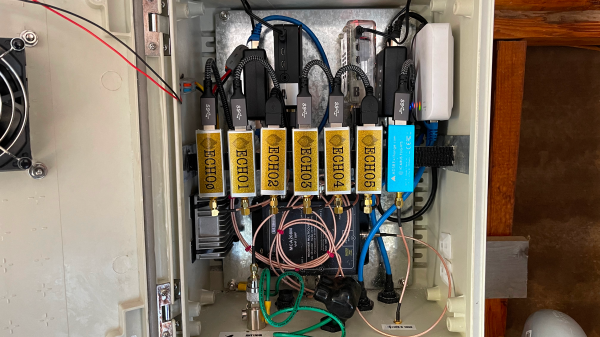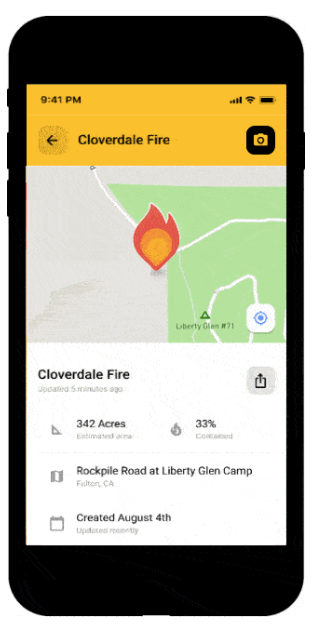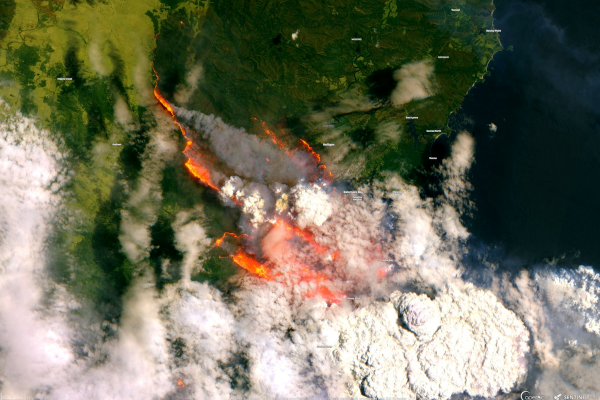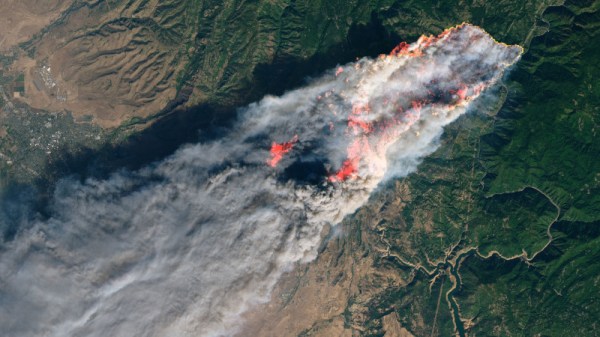Although the most fire-resistant building is likely a windowless, concrete bunker, this tends to be not the vibe that most home owners go for. This is why over the years construction of buildings in areas prone to bush- and wildfires – i.e. an uncontrolled fire in an area with combustible vegetation – has adapted to find a happy medium between a building that you’d enjoy living in and a building that will not instantly combust the moment an ember from a nearby wildfire gently touches down upon any part of it.
To achieve this feat, the primary means include keeping said combustible vegetation and similar away from the building, and to make the house as resistant to ember attacks as possible. That this approach is effective has been demonstrated over the course of multiple wildfires in California during the past years, whereby houses constructed more recently with these features had a much higher chance of making it through the event unscathed.
Naturally, the devil is in the details, which is why for example the Australian standard for construction in bushfire-prone areas (AS 3959, last updated in 2018, 2009 version PDF) is rather extensive and heavy on details, including multiple Bushfire Attack Level (BAL) ratings that define risk areas and legally required mitigation measures. So what does it take exactly to survive a firestorm bearing down on your abode?
Continue reading “The Science Behind Making Buildings Comfortably Non-Combustible”
















